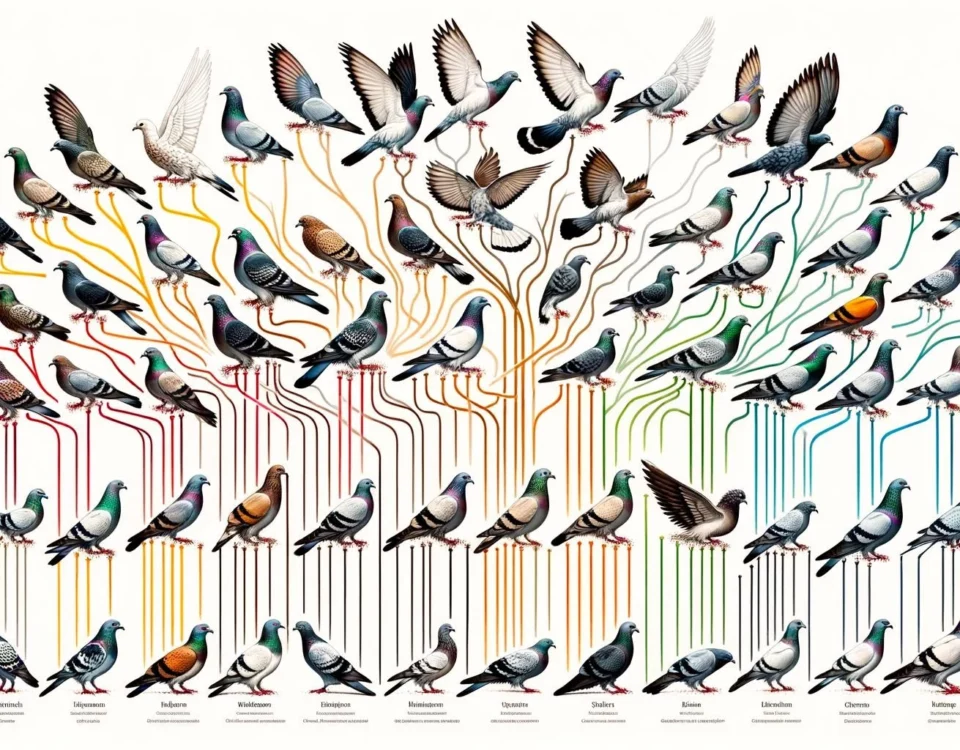Wild pigeons, also known as feral pigeons, have a long history of interacting with humans in various ways. These interactions can range from negative perceptions and conflicts to positive associations and even companionship. In this article, we will explore the different aspects of human interactions with wild pigeons, highlighting their impact on both urban environments and individuals.
Key Takeaways
- Wild pigeons have the ability to problem-solve, remember faces, navigate complex routes, and even save lives.
- Pigeons can form strong bonds with humans, especially those who regularly feed them.
- Pigeons are peaceful, beautiful birds that can be hand-tamed with time and attention.
1. Conflicts between humans and wild pigeons
One significant aspect of human interactions with wild pigeons is the potential for conflicts. Some individuals view pigeons negatively and consider them a nuisance due to their reputation for leaving droppings and causing damage to buildings. Pigeons are known for their adaptive behavior, which allows them to thrive in urban environments, leading to increased encounters with humans. These conflicts often arise when there is a perceived threat to public health, property, or the cleanliness of public spaces.
2. Positive associations and companionship
Contrary to the negative perception of wild pigeons, many people develop positive associations with these birds. Pigeons can bond easily with humans, especially those who regularly feed them. They are highly intelligent animals capable of forming strong attachments to their human companions. Tamed pigeons can become faithful and loyal companions, providing company and affection. This aspect of interaction with pigeons highlights their ability to establish relationships and their potential as pets.
3. Benefits and impact on urban environments
Wild pigeons play a significant role in urban ecosystems and can have positive impacts on their surroundings. They are excellent navigators and can find their way through complex routes, making them ideal candidates for delivering messages or even assisting in search and rescue operations. Additionally, pigeons contribute to the natural balance by feeding on seeds, insects, and small invertebrates, helping to control the population of certain pests. Their presence in urban environments adds a touch of nature and can serve as a reminder of the interconnectedness between humans and wildlife.
In conclusion, the interactions between humans and wild pigeons are complex and varied. While conflicts can arise due to negative perceptions and concerns about hygiene, positive associations and companionship with these birds can also be formed. Furthermore, pigeons can provide beneficial services in urban environments, highlighting their intelligence and adaptability. Understanding and managing these interactions is crucial for promoting harmonious coexistence between humans and wildlife.









